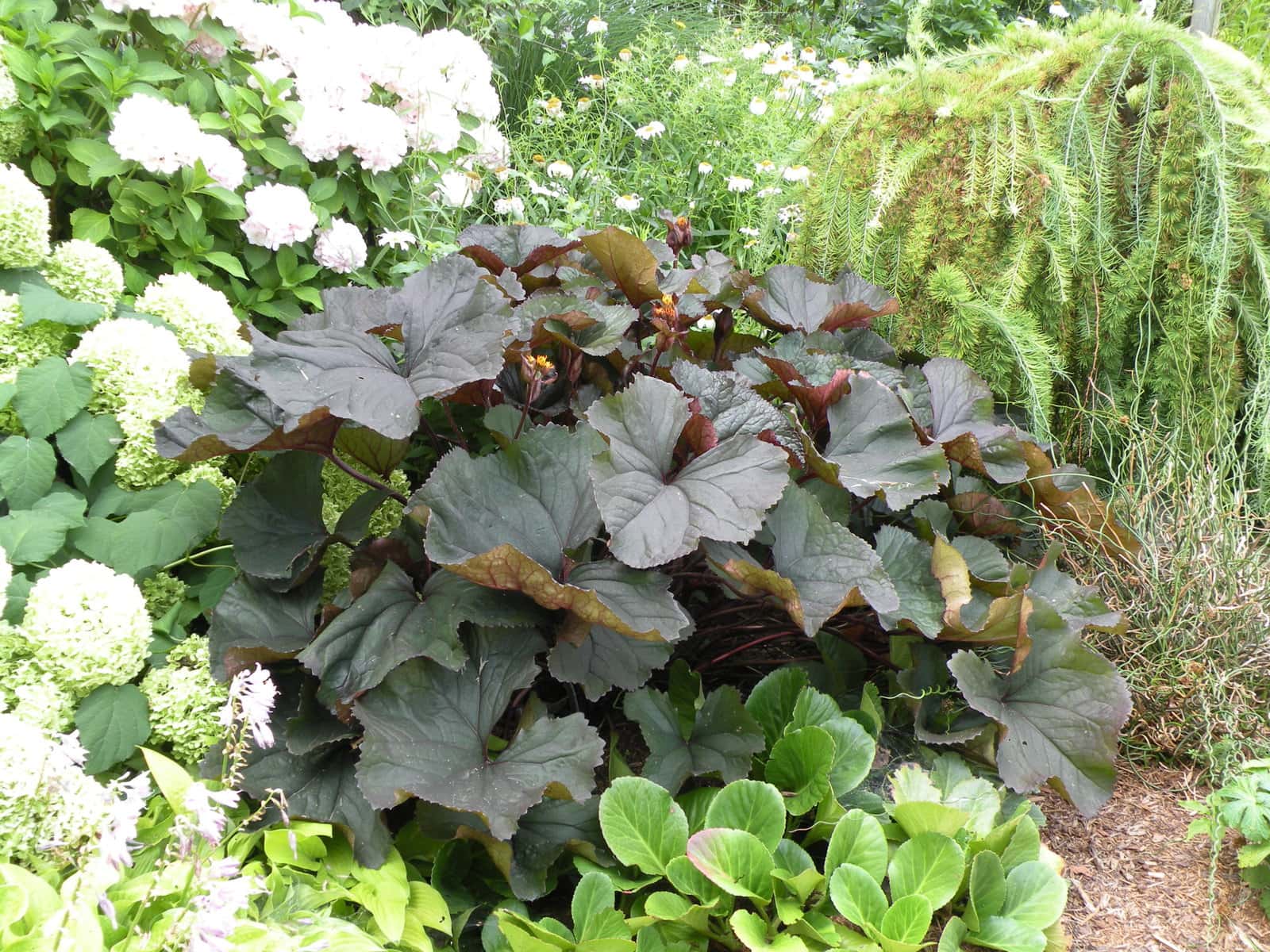We are just starting to enjoy the beautiful perennial blooms for the season – the carpets of creeping phlox, the huge peony flowers and stately delphiniums.
As gorgeous as all these flowers are, the one drawback is they live short lives – sometimes just two or three weeks.
If only they could develop an everblooming peony: It would be an instant hit.
There are some perennials though that can provide you with interest for spring, summer, and fall.
Some perennials are repeat bloomers, some have a unique leaf texture and some have show-stopping coloured foliage.
It is important to remember interest can come from different aspects of the plant, not just the flowers.
For me, I would have to say its foliage is even more critical than its bloom.
Here are a few perennials that will provide you with more than a couple of weeks of interest.
Variegated sweet iris (Iris pallida ‘Aureo Variegata’)
There is always something alluring about an iris flower, especially with its unique form.
But I think you will agree, once the bloom is finished, the leaves have very little to offer and will often start to turn yellow and brown.
Beautiful, vertically striped green and yellow blade-like leaves contrast wonderfully with fragrant lavender-blue flowers. I have also found that the flower stalks do not fall as the German irises do.
So, if you cannot resist having irises in your garden, the variegated iris is a definite winner.
The variegated iris requires a sunny location with well-drained soil. When planting, make sure that the top of the rhizomes is slightly above ground.
Once the blooms have finished, what remains is striking striped foliage that will add interest throughout the summer and fall as well.
Bear’s breeches (Acanthus mollis)
As I stated earlier, it is not all about the flower. In the case of bear’s breeches, it is equally known for its leaves and its flowers.
The huge, thistle-like leaves of the bear’s breeches were used extensively in Roman and Greek art and architecture. They are most famously recreated on stones as decoration on Corinthian columns.
The leaves themselves create a bold statement in any landscape. Then, come midsummer to fall, bear’s breeches produces striking three-feet-tall spires of white to pink snapdragon-like flowers, topped by purple sheathes.
A good addition to a shade or partial shade border garden.
Britt-Marie Crawford ligularia
Ligularia, also known as leopard plant, is a genus of plants best known for their large leaves.
Britt-Marie Crawford is a particular cultivar known for its large, rounded, dark burgundy leaves which maintain their rich, deep colour from spring through fall.
In midsummer to early fall, the plant sends up purplish-black flower stalks with clusters of large, bright, golden-orange, black-eyed Susan-like flowers. The cheery orange flowers add to an already beautiful plant.
This particular cultivar will grow to be three to four inches tall and three inches wide. It performs best in full sun to part shade locations and in moist soil. It does well alongside streams, bogs, and ponds.
King of Hearts bleeding heart (Dicentra ‘King of Hearts’)
Most of you will be familiar with the common bleeding heart plant with its dangling heart-shaped flowers. But, did you know that there are some dwarf varieties that repeatedly bloom throughout the summer?
One such cultivar, King of Hearts, is very floriferous, sporting solid pink heart-shaped flowers. Unlike the traditional bleeding heart, this variety will grow about 10 inches high with a 12-inch spread.
Not only does it bloom over a long period of time, but it also has attractive, finely textured, blue-green foliage that contrasts nicely with hostas.
Bleeding hearts thrive in a part shade garden with moist but well-drained soils.
Joanne Young is a Niagara-on-the-Lake garden expert and coach. See her website at joanneyoung.ca











